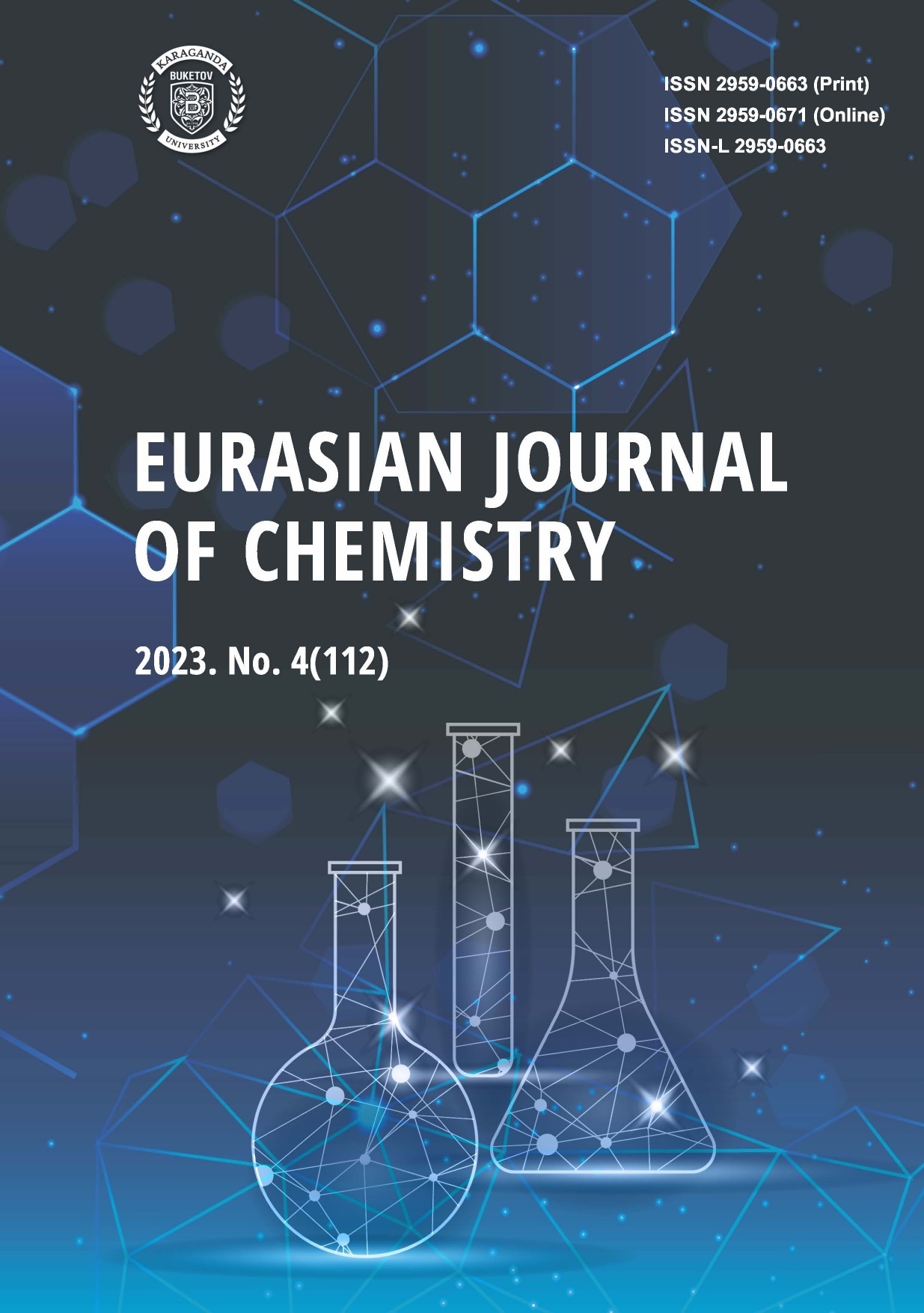The Effect of Rh/BAC Catalyst Preparation and Pretreatment Methods on Benzene Hydrogenation
DOI:
https://doi.org/10.31489/2959-0663/4-23-17Keywords:
hydrogenation, benzene, cyclohexane, rhodium, catalysts, support, activity, activated carbonAbstract
The challenge of developing catalytic materials with improved performance relies on the support of metal particles on carbon surfaces. The results of benzene hydrogenation on Rh/BAC (birch activated carbon) prepared by different methods, including adsorption and impregnation, depending on the moisture capacity of the support, were presented. The volumes and diameters of the pores on the BAС surface were determined by BET method, SEM and chemical compositions were characterized. Benzene hydrogenation took place on various carbon-supported catalysts at a temperature of 60 °C and a hydrogen partial pressure of 40.0 MPa. Catalysts produced through the impregnation process were more effective than those produced via adsorption. Rhodium cations enter the micro pores and remain in their metallic form during the adsorption of chloride salt solutions. Hydrogen adsorption on them is facile, while access of benzene molecules is difficult. Prior reduction in the hydrogen flow is essential for full completion of the hydrogenation reaction on catalysts, as rhodium reduction and hydrogenation reaction occur simultaneously.
Downloads
Published
How to Cite
Issue
Section
License
This work is licensed under a Creative Commons Attribution-NonCommercial-NoDerivatives 4.0 International License.
Authors retain copyright and grant the journal right of first publication with the work simultaneously licensed under a Creative Commons Attribution License (CC BY-NC-ND 4.0) that allows others to share the work with an acknowledgement of the work's authorship and initial publication in this journal.




